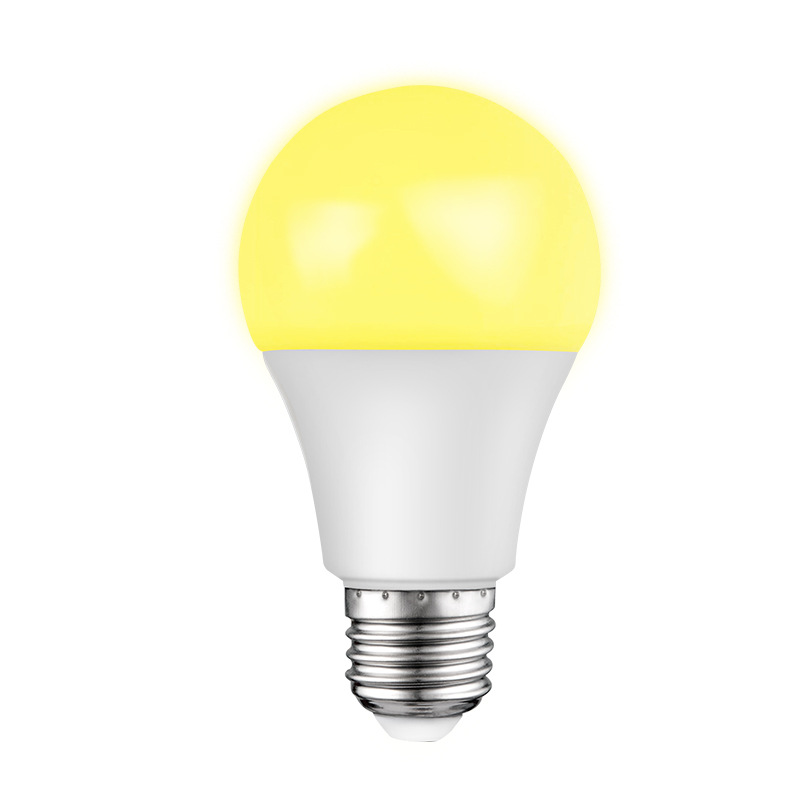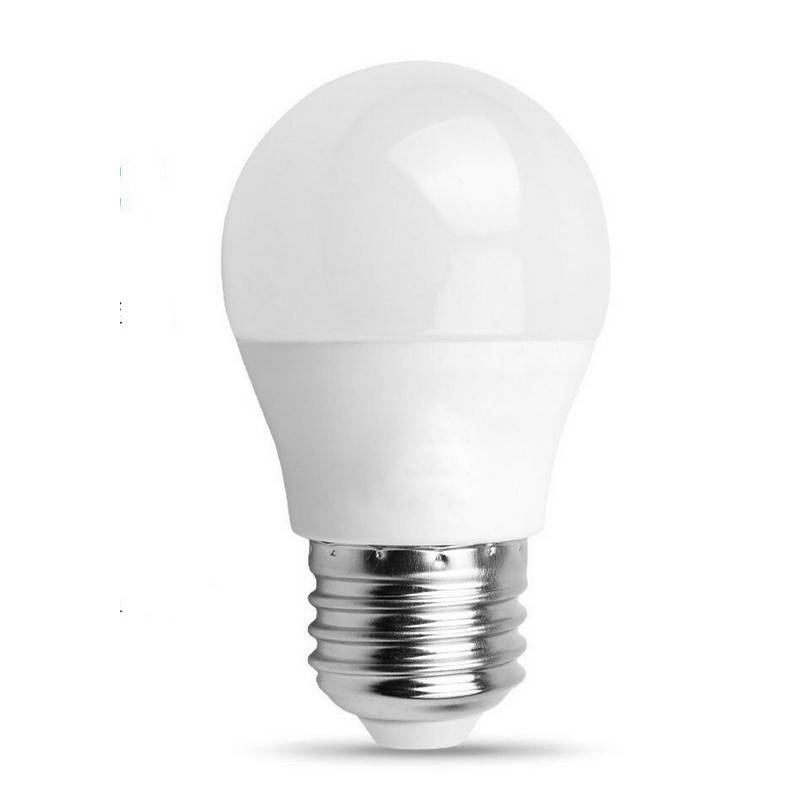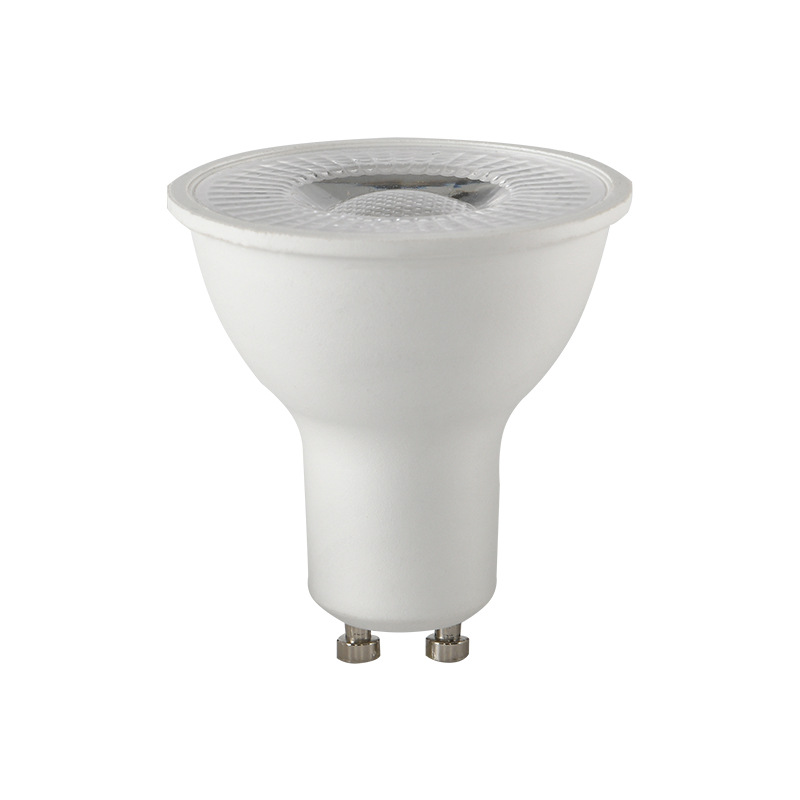2025 EU LED Export Compliance Guide: ERP Certification & Energy Label Registration Process
2025 EU LED Export Compliance Guide: ERP Certification & Energy Label Registration Process
To export LED lights to the EU, products must comply with the following standards:
Energy Efficiency (ERP Directive (EU) 2019/2020)
Energy Efficiency Label (A–G): Effective September 2021, the A+++ to E labels are replaced with a stricter A–G scale. By 2025, all products must use this new classification.
Minimum Luminous Efficiency:
Non-directional LEDs (e.g., bulbs): ≥85 lm/W (2025 standard)
Directional LEDs (e.g., spotlights): ≥80 lm/W
Color Rendering Index (CRI): Minimum 80 (≥90 for high-demand applications).
Lumen Maintenance: ≥80% of initial luminous flux after 6,000 hours.
Flicker/Glare Control: Compliance with IEEE PAR1789 standards.
EPREL Registration: Mandatory entry into the EU EPREL database with energy labels displayed on packaging/websites.
2. LED Products Requiring ERP Registration
Mandatory Registration:
✅ LED bulbs (E27, GU10, etc.)
✅ LED tubes (T8, T5)
✅ LED spotlights (MR16, PAR30)
✅ LED panel lights (flat/downlights)
✅ LED street/industrial lights (must also meet EN 13032 standard)
Exemptions:
Low-voltage DC LEDs (e.g., 12V/24V strips) only require LVD Directive (2014/35/EU).
Smart LEDs (dimmable, Wi-Fi/Bluetooth) need additional EMC (2014/30/EU) and RED directives.
3. ERP Registration Process
Step 1: Laboratory Testing
Conduct tests in accredited labs for:
Luminous efficiency (lm/W)
CRI and color temperature
Lumen maintenance (L70/L80 lifespan)
Switching cycle durability
Compliance with EN 62560 (safety), EN 62031 (LED modules), and EN 13032 (photometry).
Step 2: EPREL Database Registration
Create an EU Login account.
Upload documents:
Test reports
Energy label (format per (EU) 2019/2015)
Technical parameters (power, lumens, etc.)
Review typically takes 3–5 business days.
Step 3: Labeling
Affix the A–G energy label on packaging and online product info.
4. FAQs
Q1: How long is ERP registration valid?
No expiration, but updates are required if product specs or regulations change (e.g., revised efficiency standards).
Q2: How does ERP relate to CE marking?
ERP is one component of CE certification. Full compliance requires:
LVD Directive (safety)
EMC Directive (electromagnetic compatibility)
RED Directive (wireless devices).
Q3: Why do registrations fail?
❌ Substandard test data (e.g., low lm/W).
❌ Missing documentation (e.g., incomplete test reports).
❌ Incorrect label format (e.g., using outdated A++ labels).
5. Streamlining Compliance
Consider partnering with a certified testing agency to:
Simplify testing and documentation.
Ensure accurate EPREL registration.
Design compliant energy labels.
Navigate LVD, EMC, and RED directives for smart/low-voltage products.
 Blue Light and Sleep Disruption: Risks and Solutions with Low-Blue-Light Bulbs
Blue Light and Sleep Disruption: Risks and Solutions with Low-Blue-Light Bulbs
 The Ultimate Guide to Professional LED Lighting: From Core Parameters to Industry Applications
The Ultimate Guide to Professional LED Lighting: From Core Parameters to Industry Applications



